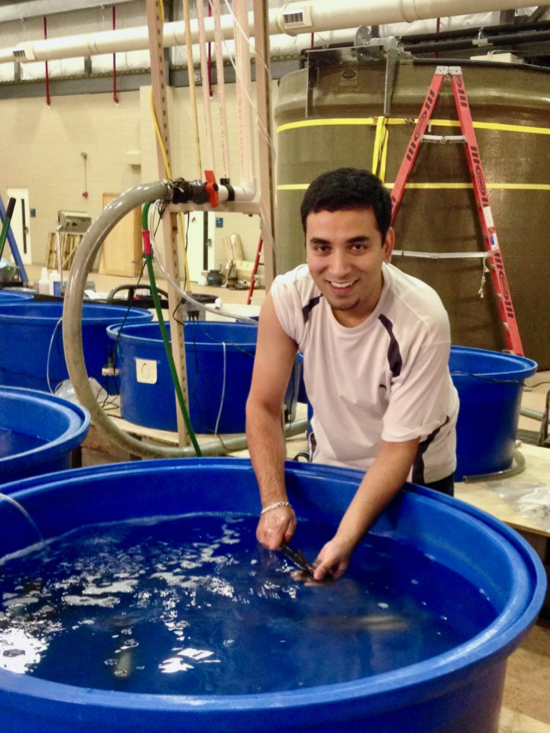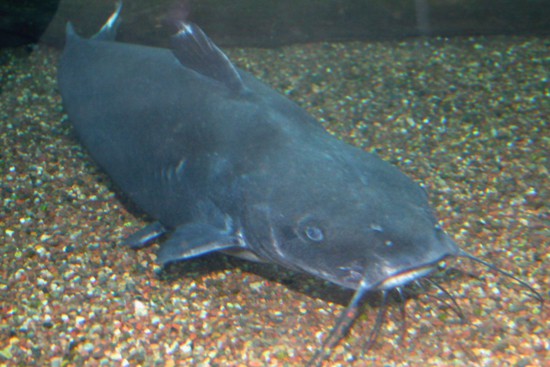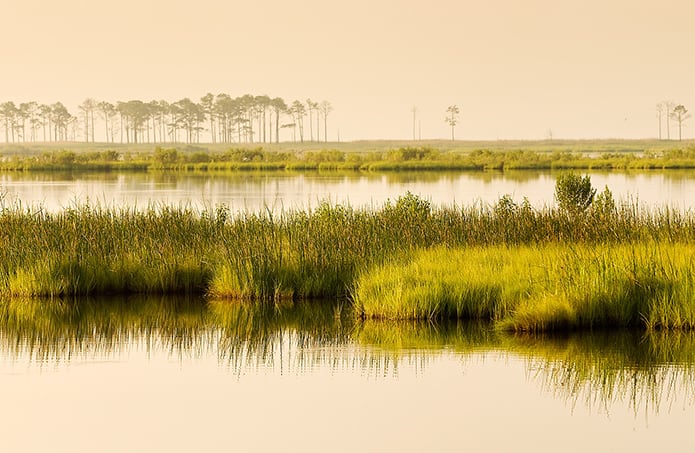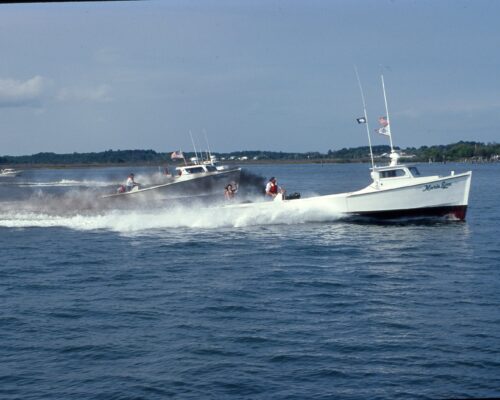The invasive blue catfish is already spreading throughout the Chesapeake Bay, eating a great deal as it goes. Now, a new study from the Virginia Institute of Marine Science (VIMS) shows that blue cat population may reach even further thanks to the warming waters along the Atlantic Coast.
The research by Drs. Vaskar Nepal and Mary Fabrizio of VIMS builds on an earlier study they did showing that blue catfish better tolerate spikes in salinity than most freshwater fish, so they may be able to expand their range downstream into the Chesapeake mainstem and into new tributaries or even as far as Delaware Bay.
Blue catfish were introduced tidal freshwater stretches of the James, York, and Rappahannock rivers during the 1970s and 1980s as recreational fishing targets. Now they’re in 12 major rivers. from the bottom to the top of the Bay. They feed on almost anything in their path—vegetation, mollusks, and fishes—and often out-compete native species like white catfish. As omnivores, may pose a threat to yellow perch, shad, crabs and striped bass, too. Thus, their continued spread is worrisome to fisheries managers.
In the study, published in a recent issue of PLOS ONE, Drs. Nepal and Fabrizio manipulated salinity and temperature over the long term to see how they impacted catfish health and behavior. Because the Chesapeake Bay is (generally) warmer and saltier during summer, but colder and fresher in winter and spring, their approach is more true to life.

“By manipulating both factors, we were able to address an important knowledge gap and more closely simulate real-world conditions, where salinity and temperature can and do vary over a range of time scales.” says Nepal. Their heat and salt content can also vary on shorter time-scales during rainy spells, drought, heat waves, or cold snaps.
The researchers monitored 160 juvenile blue catfish , divided among eight tanks set with different levels of salinity and temperature similar to those in many Bay tributaries. They studied the catfish in their tanks for three months.
Nepal and Fabrizio’s results show that warmer water temperature has a positive effect on the biology of blue catfish under salinity conditions often encountered in estuarine waters. The blue cats grew faster, were healthier, and ate more in 72-degree water than in 54-degree water. The fish seemed to thrive in warmer, fresher water, as scientists predict will come with climate change in the Chesapeake.
When the water got too salty, though, the catfish ate much more slowly and were less healthy overall. They were essentially bathed in water saltier than their own internal tissues.
“Many brackish habitats along the U.S. East Coast may be vulnerable to invasion by blue catfish,” says Nepal, “particularly given increasing temperatures due to climate warming.” Based on the findings, Nepal advises, “state and regional management agencies should pay close attention to habitats at these salinities, especially in areas that provide nursery habitat for native species of conservation concern.”
Is there a silver lining? When rising sea level brings saltier waters further up rivers and streams, the salinity intrusion may bar the blue cats from moving from tributary to tributary, instead staying upriver.
-Meg Walburn Viviano




